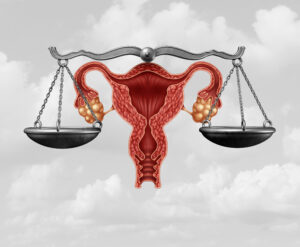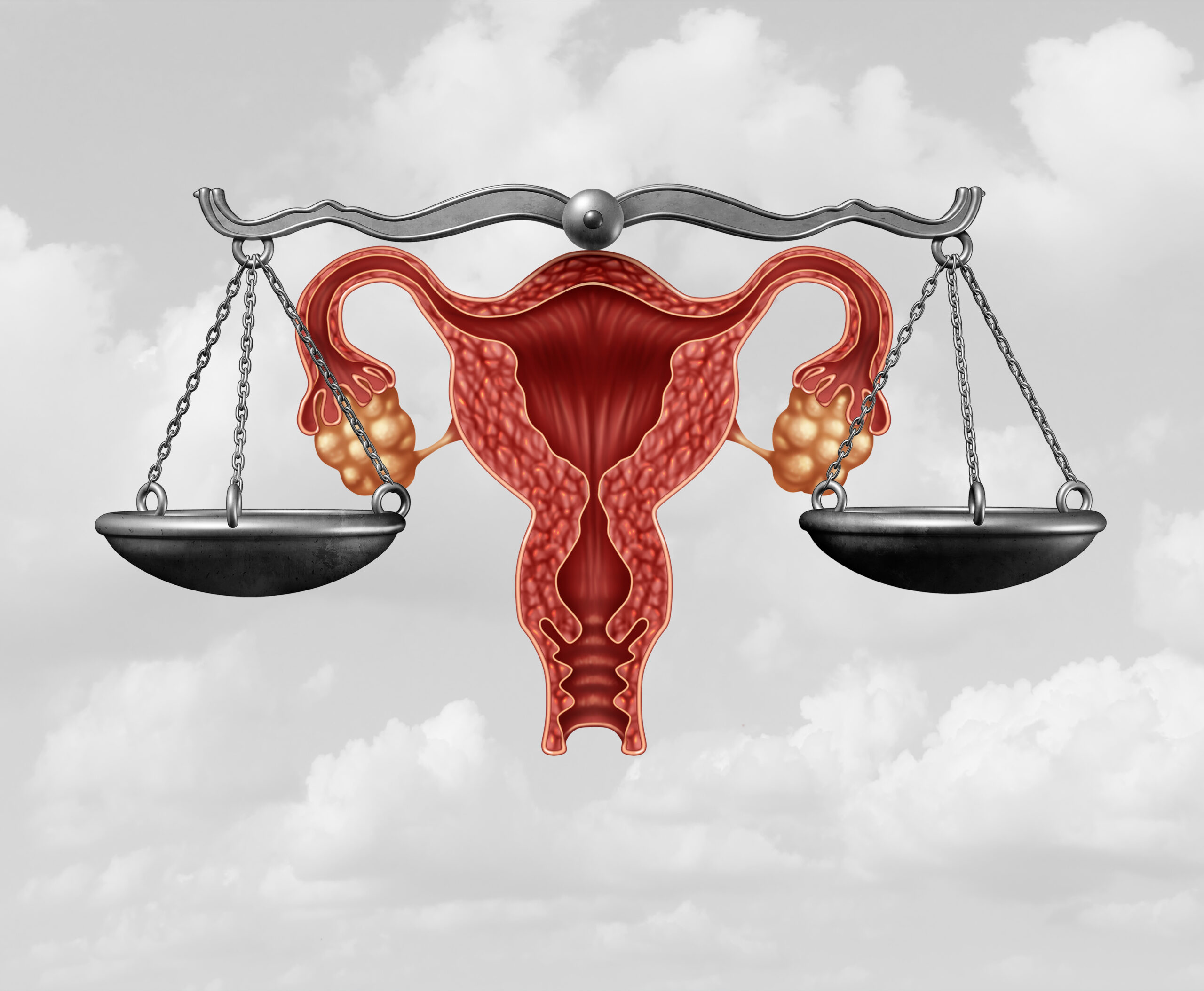 In the wake of the Supreme Court’s decision in Moyle v. United States, Idaho v. United States, the people of Idaho may still be able to access emergency abortive care, but it isn’t a resounding victory for bodily autonomy. Even at the time, it was clear the unusual majority opinion — issued without a formal byline — was the result of compromise. Now, thanks to reporting by CNN’s Joan Biskupic, we get a look at just how that sausage was made.
In the wake of the Supreme Court’s decision in Moyle v. United States, Idaho v. United States, the people of Idaho may still be able to access emergency abortive care, but it isn’t a resounding victory for bodily autonomy. Even at the time, it was clear the unusual majority opinion — issued without a formal byline — was the result of compromise. Now, thanks to reporting by CNN’s Joan Biskupic, we get a look at just how that sausage was made.
The case pitted Idaho’s law banning abortion against the Biden administration’s post-Dobb’s guidance that the federal Emergency Medical Treatment and Labor Act (EMTALA) preempted state prohibitions on abortive care in emergency situations. But, despite the whole federal preemption doctrine thing, from jump, the deck seemed stacked in Idaho’s favor, with the Court hearing the case even before it had wound its way through the appellate system.
But all that changed after oral arguments:
The first twist came soon after oral arguments in late April, when the justices voted in private on the merits of the conflict between Idaho and the Biden administration. There suddenly was no clear majority to support Idaho, sources said. In fact, there was no clear majority for any resolution.
As a result, Chief Justice John Roberts opted against assigning the court’s opinion to anyone, breaking the usual protocol for cases after oral arguments.
That move would have marked a startling turn of events for any dispute, but it was particularly surprising here because the court had already given Idaho the advantage by granting its appeal before a hearing on the merits of the case could be held in a US appellate court.
Instead, a series of negotiations led to an eventual compromise decision limiting the Idaho law and temporarily forestalling further limits on abortion access from the high court. The final late-June decision would depart from this year’s pattern of conservative dominance.
It seems Amy Coney Barrett was the first to get the icks from this case.
She would eventually deem acceptance of the case a “miscalculation” and suggest she had been persuaded by Idaho’s arguments that its emergency rooms would become “federal abortion enclaves governed not by state law, but by physician judgment, as enforced by the United States’s mandate to perform abortions on demand.” She believed that claim was undercut by the US government’s renouncing of abortions for mental health and asserting that doctors who have conscience objections were exempted.
In essence, Barrett, along with Roberts and Kavanaugh, were acknowledging they had erred in the original action favoring Idaho, something the court is usually loath to admit. They attributed it to a misunderstanding of the dueling parties’ claims – a misunderstanding not shared by the other six justices, who remained firm about which side should win.
But that opened up the door for the liberal justices on the Court to negotiate. Ketanji Brown Jackson was unwilling to play ball, but Sonia Sotomayor and Elena Kagan saw this as an opportunity to get Idaho’s ban lifted while litigation continued. According to Biskupic, debate about whether the ban would be enforced during the course of the case continued for weeks.
Eventually the Barrett-Roberts-Kavanaugh trio teamed up with Sotomayor and Kagan to issue a small victory for reproductive freedom. The case was dismissed and the order allowing the ban to take effect was revoked. But as Justice Jackson — who agreed with the majority that the order should be revoked but dissented over whether the case should be dismissed or decided on the merits — wrote, this is just a “delay” on the issue. She wrote, “the Court has not adopted Idaho’s farfetched theories – but it has not rejected them either.” …Though, frankly, she probably wouldn’t have liked the results had the Court reached a decision on “Idaho’s farfetched theories.”
So about those Court reform proposals…
CNN Exclusive: Inside the Supreme Court’s negotiations and compromise on Idaho’s abortion ban [CNN]
Earlier: Supreme Court Tech Glitch Offers Glimmer Of Hope In Abortion Jurisprudence
 Kathryn Rubino is a Senior Editor at Above the Law, host of The Jabot podcast, and co-host of Thinking Like A Lawyer. AtL tipsters are the best, so please connect with her. Feel free to email her with any tips, questions, or comments and follow her on Twitter @Kathryn1 or Mastodon @[email protected].
Kathryn Rubino is a Senior Editor at Above the Law, host of The Jabot podcast, and co-host of Thinking Like A Lawyer. AtL tipsters are the best, so please connect with her. Feel free to email her with any tips, questions, or comments and follow her on Twitter @Kathryn1 or Mastodon @[email protected].
#Watch #Supreme #Court #Sausage










